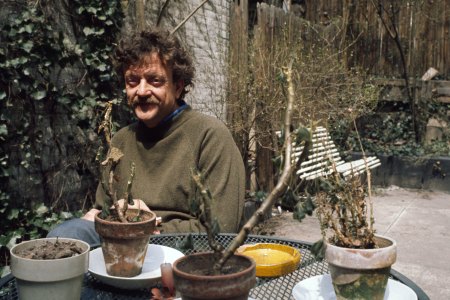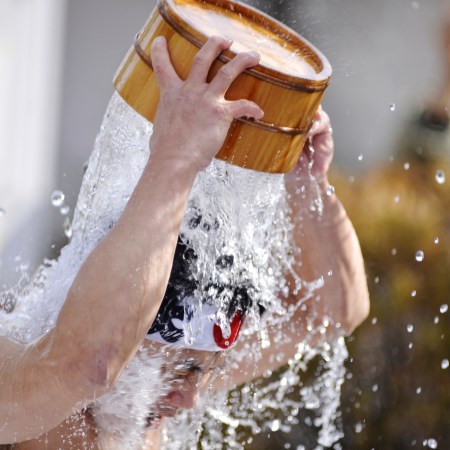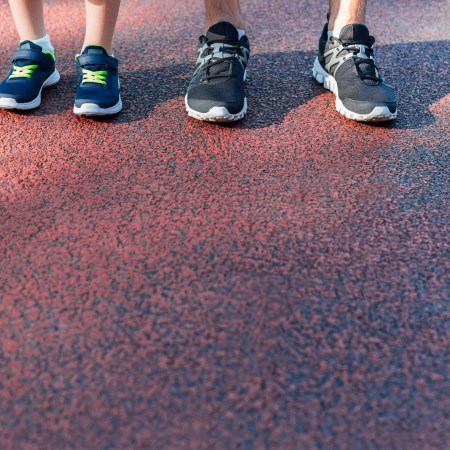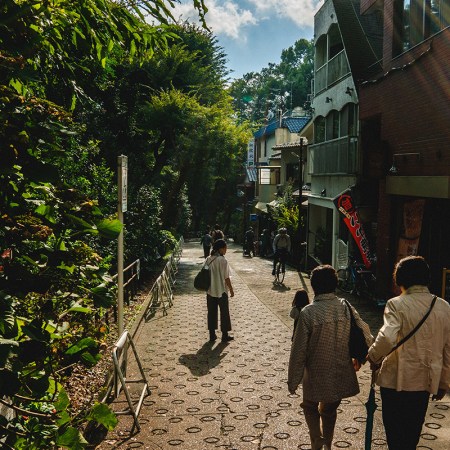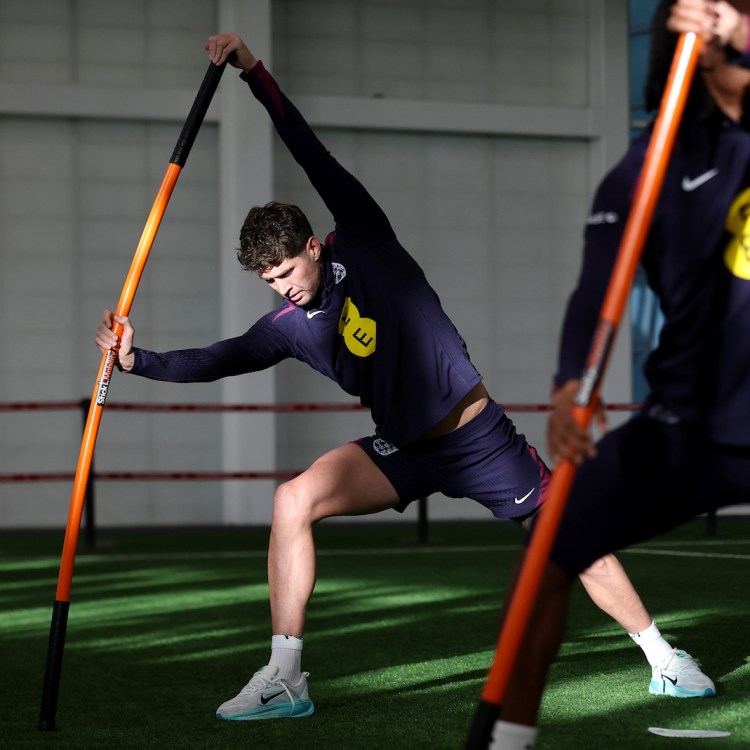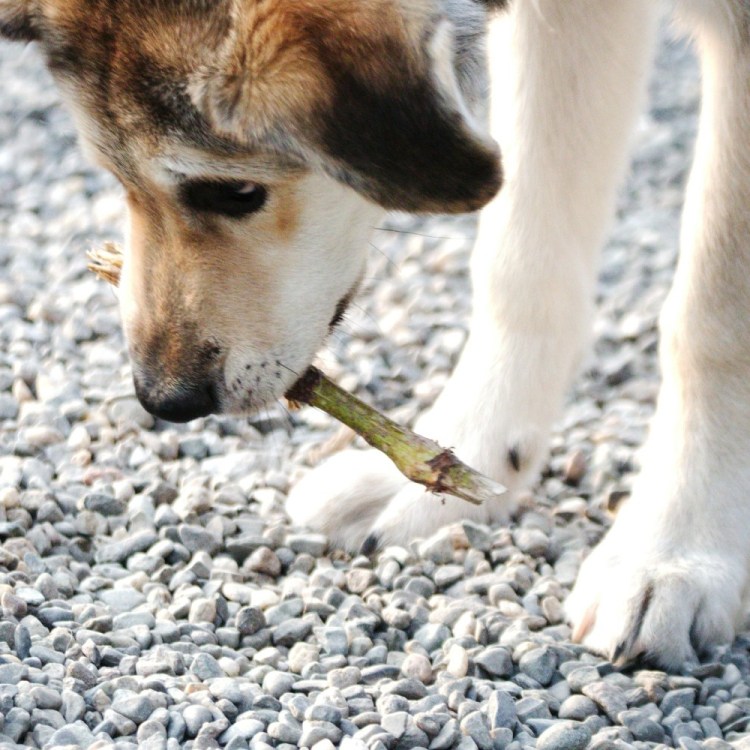Slow living’s original enemy, of course, was Ronald McDonald. The burger clown descended on Rome in the mid-1980s, promising fast and fatty fun, mere steps from the Piazza di Spagna. Italians were up in arms, but the Golden Arches were erected anyway. (And the McDonald’s is still there today.) But the protests at the time spawned the Slow Food Movement, founded by a political activist-turned-culinary columnist named Carlo Petrini.
Fast food, Petrini and his co-founder Folco Portinari argued, was the ultimate greasy emblem of international Americana. They begged consumers to reject the invasion and opt instead for local growers, old world ways of cooking and “prolonged” consumption.
Slow Food → Slow Living
Over the years, somewhat ironically, Petrini’s Slow Food Movement flashed across the world itself, expanding to hundreds of chapters in dozens of countries. To this day, it focuses on three key tenets — food should be “good,” “clean” and “fair,” referring to its taste, sourcing and price/production.
Slow Food’s dogma has invited criticism. Some chefs-in-training have frayed at fixations with the model (noting that sometimes it’s not so affordable for customers). And those in other industries have gotten sick of the “slow” moniker in general. It’s been retrofitted for just about anything: slow fashion, slow design, etc.
We’re fans of slow living’s core concept, though — the idea that in a hyper-plugged, time-pressed, consumption-centric age, it’s possible (and perhaps even imperative) that you take your foot off the gas pedal and start acting with some actual intention. That could mean eating more farmer’s market tomatoes than Big Macs, sure. But as always in the wellness sphere, we’d encourage you to look for ways to broadly apply slow principles to your life. Beyond better eating, slow living can impact your relationships, physical fitness, self-confidence and mental health. We outline 12 strategies to consider below.
Kurt Vonnegut’s Advice for Making the Most of Your Day
Go buy some envelopes. It’ll change your life.12 Strategies to Try Out
- Mindful eating: Borrowing from Slow Food’s original credos, try to carve out as much time as possible to enjoy your meals and eat intuitively. Your body deserves better than a rushed, high-calorie drive-by.
- Long walks: The wellness practice that we seem to recommend the most. Super walks (especially those of the phone-less variety) are an effective off-ramp from high-octane workdays.
- Tech-free evenings: Some of the longest, most languorous evenings I had this past year involved sitting around with friends or family, talking about who knows what for hours on end.
- Quality consumption: And quality construction, too. This is a different way to think of slow living. As a consumer, you want to buy things that will stand the test of time alongside you. That means rejecting fast fashion and cheap furniture. This practice can get expensive, but it forces you to think deeply about what you really need.
- Growing your own food: One of the most elemental ways to track the precious passing of time. Start with salad leaves, onions, beans and tomatoes.
- Slow travel: Instead of stuffing one epic (exhausting) international itinerary into two weeks of the year, consider going somewhere close by, off the grid or quiet where you have the space to catch up on what matters to you — while learning a new place at your own pace.
- Nature baths: Long popular in Japan, where forest therapy is known as shinrin-yoku, a mountain of research has connected even small bursts of nature with alleviating depression and improving immune function. Try the “20-5-3” rule.
- Chasing skills: We tend to apply our work attitudes (quick results or else) when trying out new hobbies or skills. But who cares if it takes you a decade to speak Spanish or break par? Slow living can take the pressure off progress.
- Playing: With kids, with pets, with teammates in a local rec league, whatever. Play is one of the healthiest activities that adults regularly neglect and has a unique ability to bend time.
- Reading: The activity is a warhorse for slow and transportive living, lowering heart rates while upping our “theory of mind.”
- Starting a ritual: Whatever that may be (and it could be any of the above). Make time for something small, unplugged and “slow,” every single day. Think — having a cup of coffee in a sunny corner of your home.
- Daydreaming: As in literally sitting around and doing nothing in particular. Wool-gathering works wonders.
The Charge will help you move better, think clearer and stay in the game longer. Subscribe to our wellness newsletter today.

